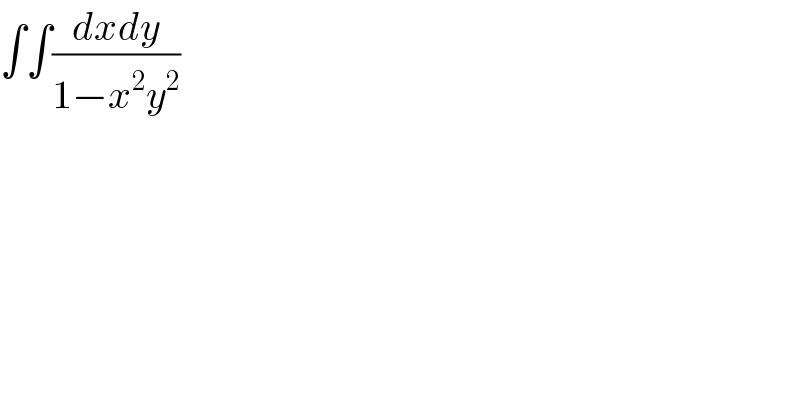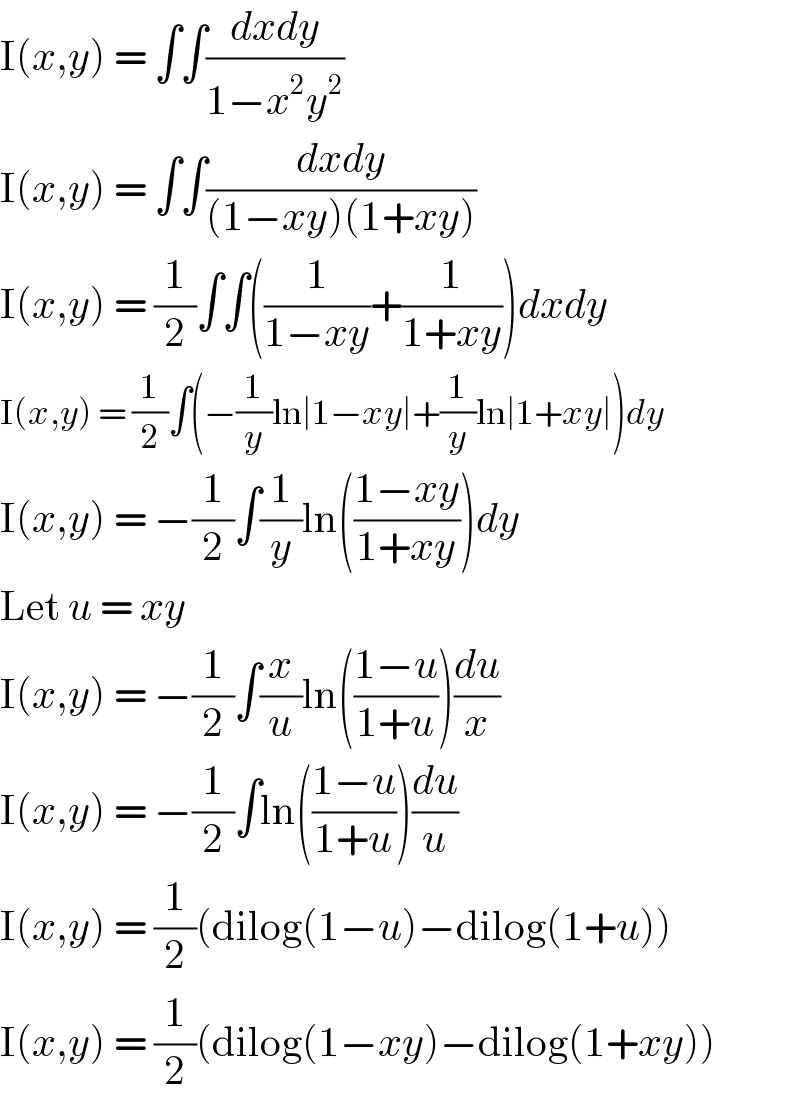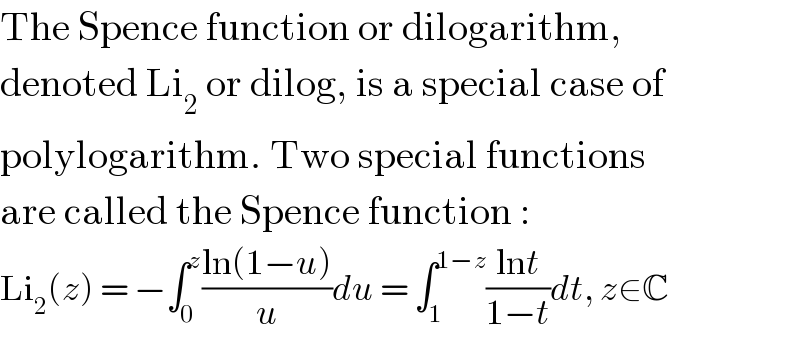
Question and Answers Forum
Question Number 122412 by mohammad17 last updated on 16/Nov/20

Answered by Olaf last updated on 16/Nov/20

Commented by mohammad17 last updated on 16/Nov/20

Commented by Olaf last updated on 17/Nov/20

| ||
Question and Answers Forum | ||
Question Number 122412 by mohammad17 last updated on 16/Nov/20 | ||
 | ||
Answered by Olaf last updated on 16/Nov/20 | ||
 | ||
| ||
Commented by mohammad17 last updated on 16/Nov/20 | ||
 | ||
Commented by Olaf last updated on 17/Nov/20 | ||
 | ||